drop your thesis!
For General Program Information about "Drop Your Thesis!" - Please Click on the Headline Link to Visit the ESA Website
The main purpose of this project is to study the interactions between two bubble jets in microgravity. The designed experimental setup is based on an injection device that can control bubble generation frequency, size and velocity, injection angle and separation between jets. We have obtained numerous on ground results on both individual as well as collective behavior of bubbles.more...
When a liquid droplet touches a porous surface, its penetration is first inhibited by a short inertial phase, followed by a longer regime dominated by viscosity. Although the inertial phase governs the dynamics of penetration, it is nearly impossible to observe it on Earth, as drops must be very small to avoid being deformed by gravity.more...
In many situations, granular systems subjected to external agitation have a tendency to segregate, rather than to mix. This phenomenon is of enormous importance in industrial applications. When mixtures of particles differing in size, shape or material properties are agitated, a variety of pattern formation phenomena are observed (e.g. I. Aranson & L. Tsimring, “Granular Patterns”, Oxford University Press, 2009).more...
Plants have evolved under the constant force of gravity and its presence strongly influences growth and development of plants. For this reason, changes in gravitational field strength, both hypergravity and microgravity, can be considered as a source of stress that is initially perceived at root level and transmitted by signalling chains to the other organs in order to adapt plant physiology to these changes.more...
FELDs is a technology demonstrator that tests the performance of an innovative tethered soft docking system. Our experiment aims to understand the low gravity behavior of the proposed technology by studying the dynamic response of the capture system and its effects on the impacted spacecraft.more...
This experiment aims on the investigation of the behaviour of granular anisotropic gases in microgravity. Anisotropic granular gases are encountered in a number of situations - in avalanches, sandstorms, dust devils, the formation and motion of dunes, planetary rings, and the asteroid belt, to name a few.more...
Light from the Sun or a laser beam can be used to transfer momentum to matter and displace low-mass objects. Space agencies have successfully tested the solar sail technology for low-Earth orbit applications, navigation control, and Solar System exploration, with IKAROS being the first demonstration of spacecraft with solar sail as primary propulsion system in 2010.more...
An increasing number of interplanetary missions are aiming at visiting asteroids and other small bodies, since these may provide clues to understand the formation and evolution of our Solar System. CubeSats allow a low-cost solution to land on these objects, as opposed to risking a much more expensive mothership.more...
Ferrofluids are carrier liquids in which magnetic nanoparticles are suspended. The behaviour of ferrofluids in microgravity is largely unexplored because experiments in microgravity are expensive and the access to associated facilities is limited.more...


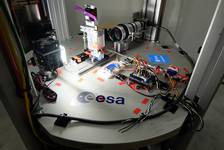
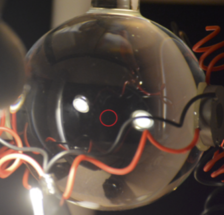
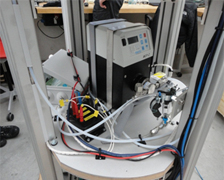
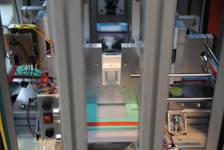
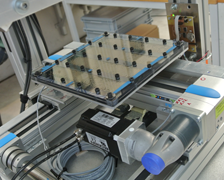
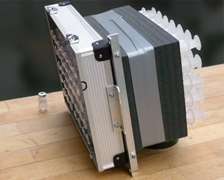
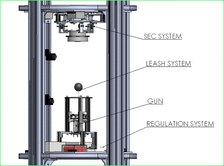
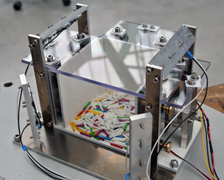
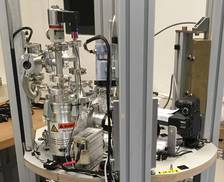
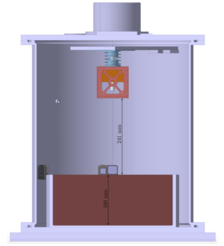
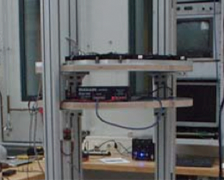
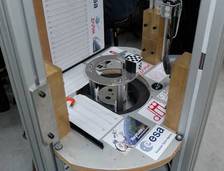
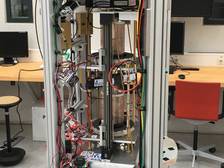
 "
"